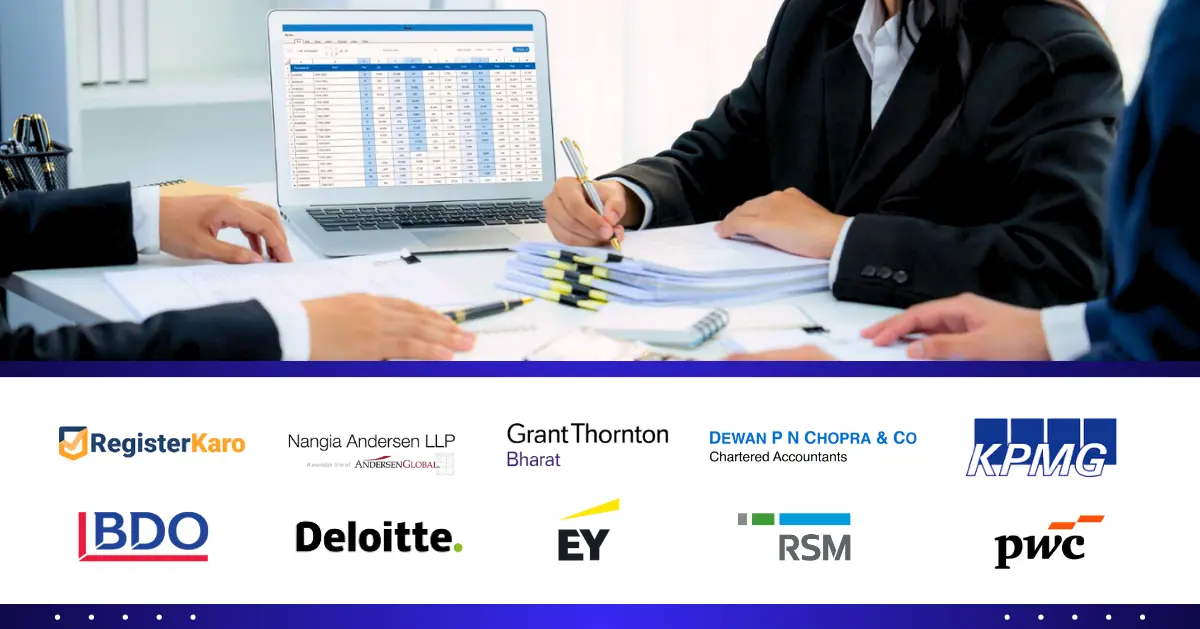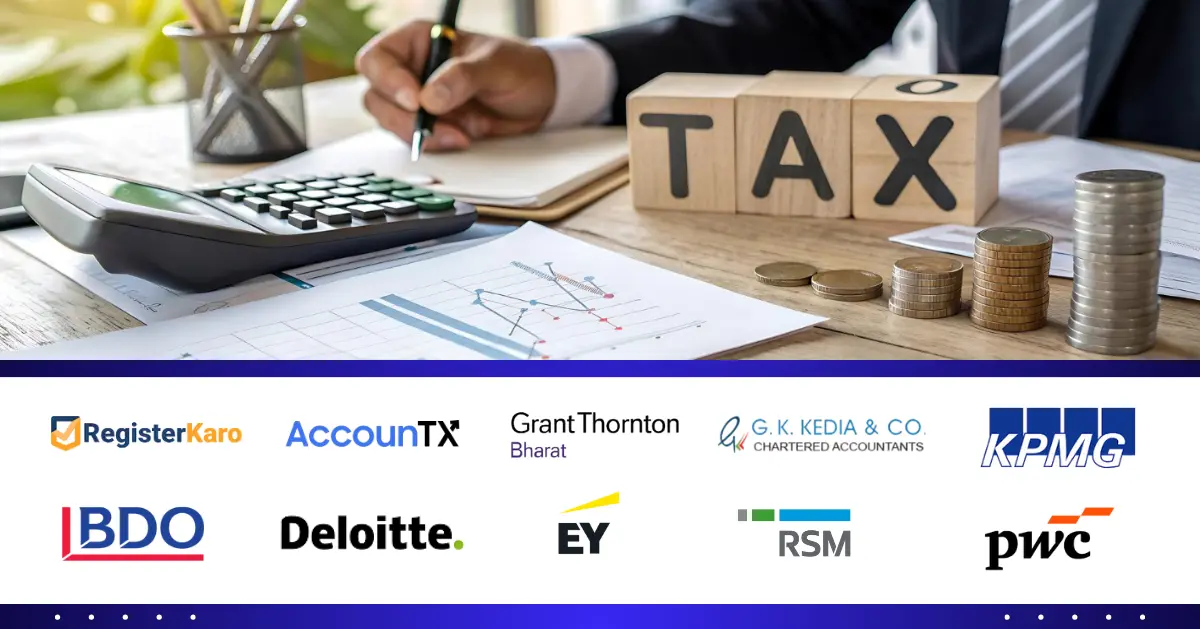
Scrutiny Assessment in Income Tax is a detailed check carried out by the Income Tax Department under Section 143 of the Income Tax Act. In this process, the department carefully examines your filed return to confirm that the income, deductions, and exemptions you have claimed are correct, and that all taxes have been paid as per the law.
Unlike a routine tax audit, which primarily applies to businesses with higher turnover, a scrutiny assessment can also apply to individuals and companies. The aim is to detect any errors or mismatches, prevent tax evasion, and ensure full compliance with tax regulations.
If you are selected for scrutiny, you will receive a notice from the department and must respond within the given time by sharing accurate documents and information. Doing so not only helps you avoid penalties but also builds trust with tax authorities.
Types of Scrutiny Assessment In the Income Tax Act
The IT department notices for scrutiny assessments come in different forms depending on the severity and nature of the issues identified in the return. Each type of assessment serves a distinct purpose:
- Limited Scrutiny:
This type of scrutiny focuses on specific aspects of the return. For example, a mismatch in high-value transactions such as property purchases or large bank deposits may trigger limited scrutiny. It allows the IT department to investigate particular issues without delving into every detail of the return. - Complete Scrutiny:
As the name suggests, complete scrutiny is a detailed examination of all aspects of the tax return. It requires the taxpayer to submit extensive documentation and provide justifications for every claim, deduction, or exemption made. Complete scrutiny is often conducted when the IT department suspects underreporting or fraud. - Manual Scrutiny:
Manual scrutiny refers to cases that are manually selected by the IT department based on risk factors such as repeated losses claimed, unusual deductions, or mismatches in income vs. expenses. These cases are often flagged due to potential tax evasion indicators. - Compulsory Scrutiny:
This type of scrutiny is mandatory in cases where there are significant tax discrepancies, suspicious financial transactions, or complex financial dealings. If the IT department identifies serious irregularities, compulsory scrutiny is initiated to resolve the issues.
Criteria for Selection of Cases for Scrutiny
The IT department notices for scrutiny are typically triggered based on specific red flags that indicate potential tax evasion or misreporting. Some of the common criteria that may lead to scrutiny under section 143 include:
- High-Value Transactions:
Large deposits in bank accounts, property purchases, or international remittances can draw the attention of the IT department. These types of transactions are often flagged for further investigation. - Mismatch in Income and Expenses:
If the tax returns reflect significant discrepancies between income and expenses, the IT department may suspect misreporting. For instance, if a taxpayer claims large deductions, but their spending patterns do not align with this, it may lead to scrutiny. - Repetitive Loss Claims:
Businesses or individuals that repeatedly claim losses in their returns can attract scrutiny under Section 143. This could indicate an attempt to avoid paying taxes or hiding actual income. - Suspicious Deductions:
If claimed deductions do not seem to correlate with the taxpayer’s income or financial profile, it could raise doubts. For example, disproportionate deductions for medical expenses or education may invite further investigation. - Cases Flagged During the Tax Audit Process:
If discrepancies are found in financial records or reports during the tax audit process, the IT department may initiate a scrutiny assessment.
Step-by-Step Process of Income Tax Scrutiny Assessment
The scrutiny assessment in income tax follows a specific process that involves multiple steps to ensure transparency and fairness. Here is an outline of the entire process:
- Issuance of IT Department Notices Under Section 143(2):
The first step in the scrutiny assessment is the issuance of a notice under section 143(2) by the IT department. This notice informs the taxpayer that their return has been selected for scrutiny. - Submission of Documents by the Taxpayer:
The taxpayer must provide all necessary documents, such as income tax returns, bank statements, financial records, and supporting documents, to substantiate their claims. These must be submitted within the deadline mentioned in the notice. - Examination of Records by the Assessing Officer (AO):
The Assessing Officer examines the submitted documents, scrutinizing every aspect of the return. The officer may ask for additional documents or clarifications if needed. - Questioning and Clarifications:
The taxpayer may be asked to justify any discrepancies or unclear aspects of their return. This may involve submitting more documents or explaining deductions and exemptions in detail. - Final Assessment Order:
After reviewing the provided documents and clarifications, the AO will either accept the return as filed or issue an order to modify the return based on findings of discrepancies. If required, the taxpayer may be asked to pay additional taxes or face penalties.
Documents Required for Scrutiny Assessment
For a smooth tax audit process and to complete the scrutiny assessment, the taxpayer must provide a range of financial documents. Some of the documents required include:
- Income Tax Returns and Computation Statements:
The taxpayer must submit a copy of the filed income tax returns along with the computation statements for income and taxes. - Bank Statements:
Bank statements for all accounts are required to verify deposits, withdrawals, and financial transactions. This helps to ensure that the reported income matches the actual transactions. - Purchase and Sales Invoices:
Business owners must provide purchase and sales invoices to verify revenue and ensure that the income reported on the return aligns with the actual sales. - TDS Certificates:
Tax Deducted at Source (TDS) certificates are essential for verifying the taxes already paid or deducted by employers or other entities. - Investment Proofs:
Documents such as mutual fund statements, property documents, and insurance policies must be provided to substantiate claimed exemptions and deductions.
How to Respond to Scrutiny Notices?
When a taxpayer receives an IT department notice for scrutiny, it is essential to respond promptly and effectively. Here’s how to handle the scrutiny notices:
- Acknowledge the Notice:
Acknowledge the receipt of the notice within the stipulated deadline to avoid penalties for non-compliance. - Prepare the Required Documents:
Gather all the necessary documents and ensure that they are accurate and complete before submission. - File Responses Online:
Responses can be filed via the e-filing portal. This ensures that there is a proper record of the response and submission. - Seek Professional Help:
If necessary, it’s advisable to consult with a tax expert to help you organize the required documents and provide accurate justifications for the claims made in the return.
Common Mistakes to Avoid in Scrutiny Assessments
Several mistakes can lead to complications during the scrutiny assessment in income tax. Avoid these common errors:
- Ignoring IT Department Notices:
Not responding to scrutiny notices on time can result in legal actions, penalties, or further investigations. - Submitting Incomplete or Incorrect Documents:
Submitting incorrect or incomplete documentation can delay the process and lead to penalties or re-assessments. - Failure to Justify Expenses and Deductions:
Taxpayers who cannot provide clear justifications for claimed deductions risk having them disallowed. - Delayed Response:
A delayed response to queries or requests for documents can complicate matters and attract additional scrutiny.
Conclusion
Understanding scrutiny assessment in income tax is vital for every taxpayer. Proper knowledge of the tax audit process and different types of scrutiny assessments can help you prepare for any IT department notices. Always respond to scrutiny notices promptly, submit accurate documentation, and consult professionals if necessary to ensure smooth handling of your case.
Need assistance with your scrutiny assessment or tax audit process? Contact RegisterKaro for expert guidance on handling scrutiny under section 143 of the Income Tax Act. We provide seamless solutions for tax compliance, documentation, and assessment handling.
Contact Us Today:
Email: [email protected]
Call: +918447746183
Frequently Asked Questions (FAQs)
- What is a scrutiny assessment in income tax?
It is a detailed review of a taxpayer’s return by the IT department to verify the correctness of reported income and taxes. - What are the types of tax assessments?
There are four types: Limited Scrutiny, Complete Scrutiny, Manual Scrutiny, and Compulsory Scrutiny. - What triggers scrutiny under section 143?
High-value transactions, mismatches in reported income and expenses, and suspicious deductions. - How should I respond to tax scrutiny notices?
Acknowledge the notice, prepare the required documents, and submit them via the e-filing portal. - What are the common mistakes in scrutiny assessments?
Ignoring notices, submitting incorrect documents, failing to justify expenses, and delayed responses. - Can I seek professional help for tax scrutiny?
Yes, tax professionals can assist in managing scrutiny assessments effectively. - What documents are needed for scrutiny assessment?
Income tax returns, bank statements, invoices, TDS certificates, and investment proofs. - What is the difference between tax audit and scrutiny assessment?
A tax audit is a general financial review, while a scrutiny assessment involves a detailed investigation of specific discrepancies. - How can I avoid scrutiny in income tax?
File accurate returns, avoid discrepancies, and maintain proper documentation. - What happens if I fail to respond to scrutiny notices?
Non-compliance can lead to penalties, further investigations, or legal action.




